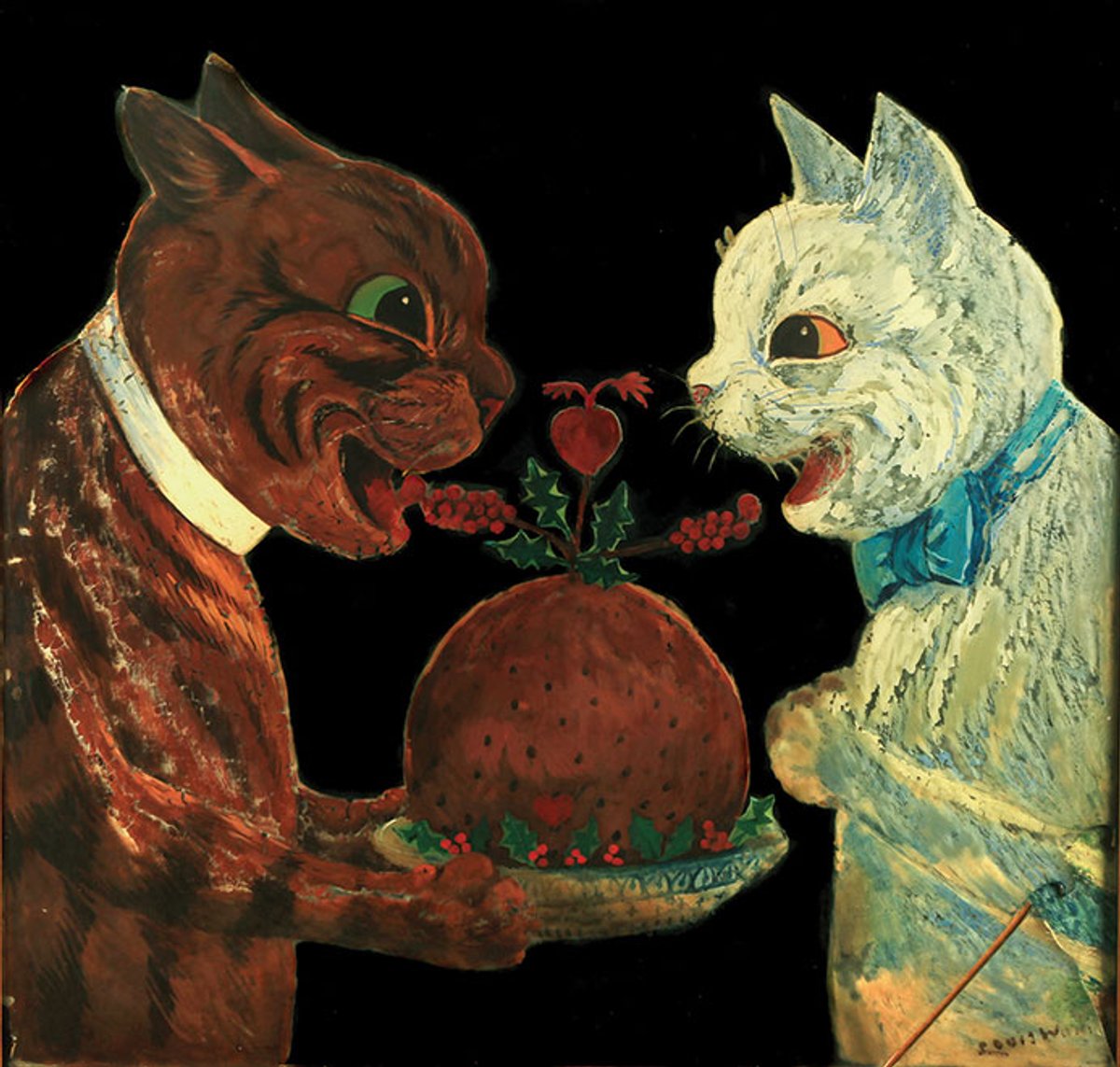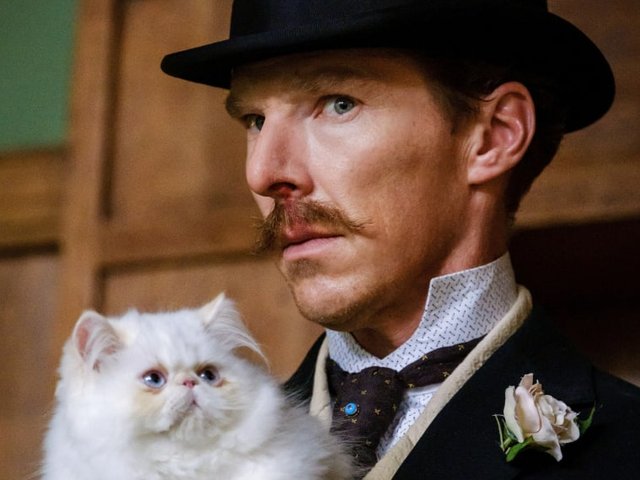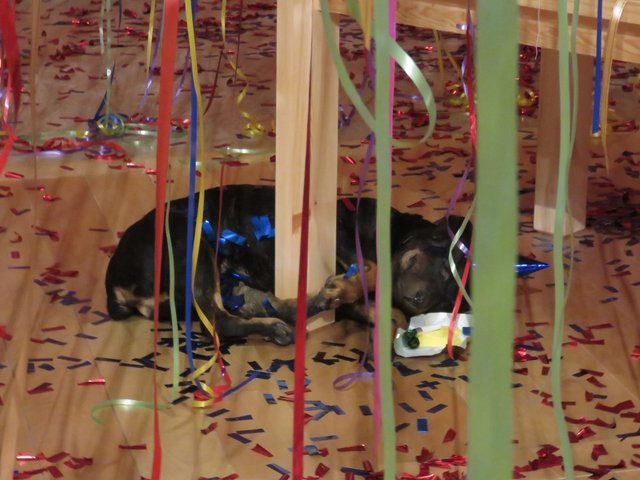Even if you do not care for cats, you will probably know the work of Louis Wain, the late 19th- to early 20th-century illustrator and artist who became famous for his prolific drawings of anthropomorphic cats—and his subsequent admission, in later life, to a series of psychiatric hospitals. Wain’s story is returning to the spotlight due to a film about his life, The Electrical Life of Louis Wain, and a concurrent exhibition of his work at the museum of the Royal Bethlem Hospital, where Wain was a patient between 1924 and 1930.
The museum’s director, Colin Gale, is keen to spread the word about Wain’s abilities as an artist, as opposed to his psychiatric history. Wain was a highly successful artist before being admitted to an institution in his 60s. “While he was at Bethlem he continued to paint and was very productive, insulated from commercial pressures, and his pictures have all the joie de vivre and comic qualities we associate with him.”
Wain’s first published cat drawing was in 1886, a large, cutesy piece in the Illustrated London News called A Kittens Christmas Party. But it is a series of eight cat drawings that have cemented Wain’s place in the annals of psychiatry: ranging from relatively realistic to eye-popping psychedelia, they have been used for decades to illustrate progressive schizophrenia. The problem is that none of the pictures is dated, says Gale. “They were found by a psychiatrist in a Camden junk shop in the 1930s, and the sequence was essentially constructed by the doctors who had the theory in the first place.”
• Animal Therapy: The Cats of Louis Wain, Bethlem Museum of the Mind, London, 4 December-14 April 2022





